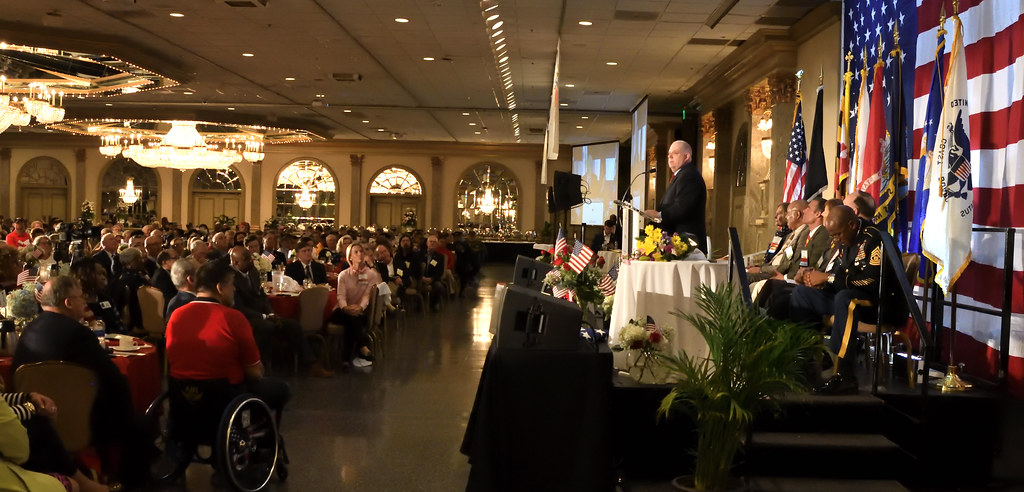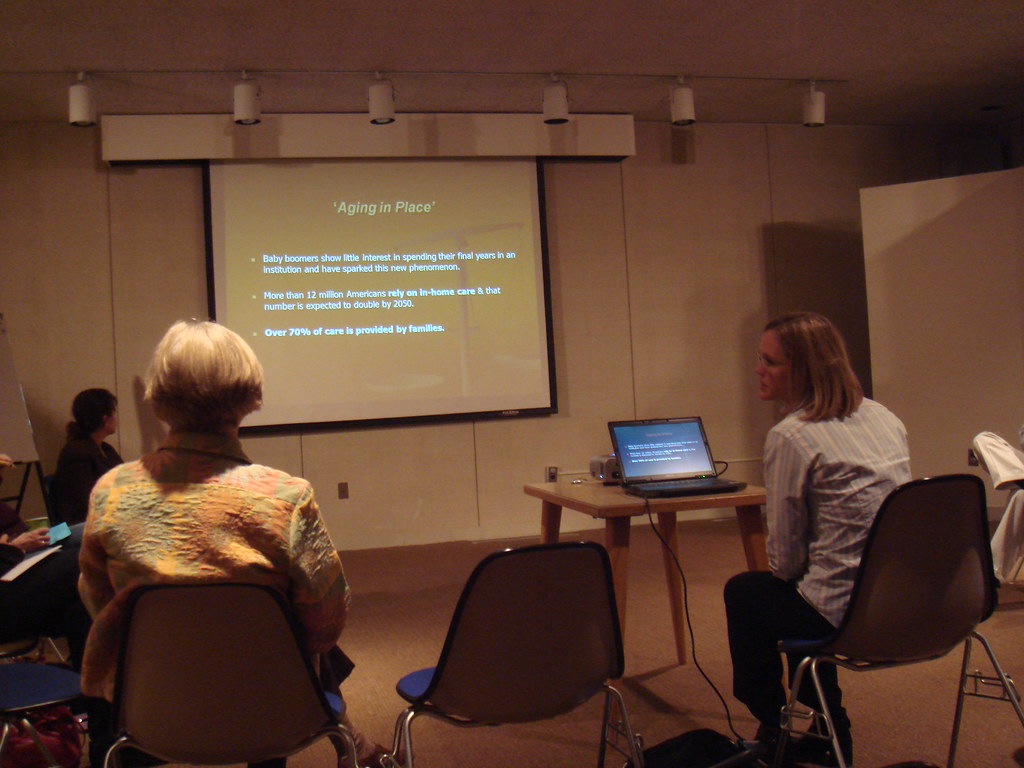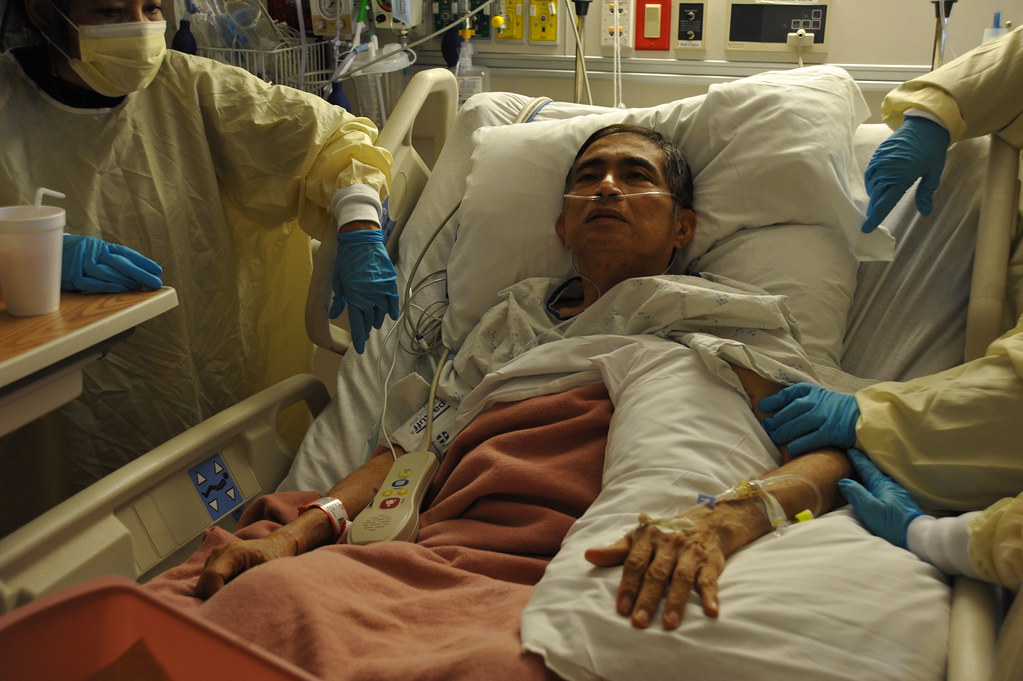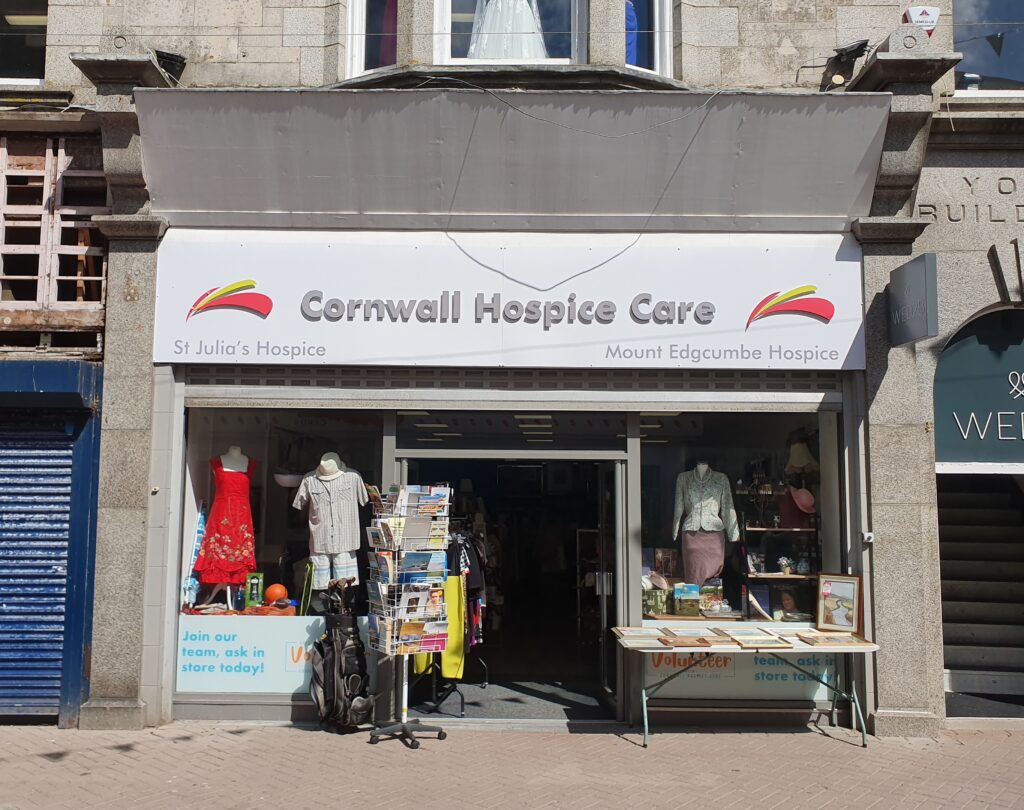
Navigating the complexities of serious illness can be an overwhelming journey, not only for the patient but also for their entire family. In these profound moments, understanding all available options for care becomes paramount. Hospice care, a deeply compassionate medical model, emerges as a vital resource when the focus shifts from curative treatments to enhancing comfort and ensuring the highest possible quality of life during a terminal illness.
Despite its profound benefits, hospice care is frequently shrouded in misconceptions, leading to unnecessary apprehension and sometimes preventing individuals from accessing invaluable support. These prevalent myths often create a stigma that can delay or deter patients and their families from considering a service designed to alleviate pain, reduce stress, and improve overall well-being in the final months or weeks of life. Our aim here is to shed light on the reality of hospice, drawing on authoritative information to separate fact from fiction and empower you with knowledge.
By dispelling these common misunderstandings, we hope to foster a clearer perception of hospice care—what it truly is, who it serves, and the comprehensive support it offers. Learning the simple truths about hospice can transform perspectives, enabling patients and their loved ones to make informed decisions and embrace a care model that prioritizes dignity, comfort, and living each day to the fullest. Let’s delve into some of the most persistent myths and uncover the facts.

1. **Myth #1: Hospice Care Is Only for People Who Have Given up on Life**This is perhaps the most damaging misconception about hospice care, suggesting that enrolling in such services equates to surrendering hope. In reality, hospice care is fundamentally about living, not dying. It is specifically designed to help terminally ill patients live their final days to the fullest, focusing intensely on the quality of life remaining.
The ultimate goal of hospice care is profoundly life-affirming: to elevate the patient’s quality of life and to provide steadfast support for their family members and caregivers. This holistic approach ensures that the patient’s final days are not merely endured, but are lived as comfortably, peacefully, and meaningfully as possible, surrounded by love and dedicated professional care. Far from giving up, it’s about making the most of every moment.
2. **Myth #2: Once You Enter Hospice Care, You Can Never Go Back**Another common fear is that hospice care is a one-way street, implying an irreversible commitment once a patient enrolls. This is a significant misunderstanding. Hospice care is not a death sentence; instead, it represents a comprehensive service tailored for patients with life-limiting illnesses where a cure is deemed unlikely or impossible, or where the patient chooses to focus on comfort rather than aggressive treatments.
Patients maintain complete autonomy over their care decisions within hospice. They possess the unequivocal right to leave hospice care at any point they choose. Should a patient’s condition improve, or if they decide to explore curative treatments again, they are fully empowered to pursue those paths.
Crucially, the option to reapply for hospice services remains perpetually open. This flexibility ensures that patients can transition in and out of hospice care based on their evolving health status, personal preferences, and medical decisions, reinforcing that control over one’s care is always retained, even within the hospice model.
Furthermore, there’s a related misconception that entering hospice care mandates signing a do-not-resuscitate (DNR) order. While a DNR is a vital part of many advanced healthcare directives that patients may choose to create, it is absolutely not a prerequisite for receiving hospice services. The core principle of hospice is to provide comfort and support in the specific forms that the patient desires, respecting all their choices regarding medical interventions.

3. **Myth #3: Hospice Care Is Only for People with a Few Days or Weeks to Live**Many believe that hospice care is reserved exclusively for the very last moments of life, when a patient is mere days or weeks from passing. This narrow perception often leads to delayed referrals, preventing patients and families from benefiting from hospice services for an extended period when they could receive significant support.
The reality is that hospice care is generally intended for patients whose diagnosis indicates a life expectancy of no more than six months, should their illness or condition follow its typical course. However, it’s important to recognize that individual cases can vary significantly, and this six-month prognosis is an estimation, not a strict deadline.
In fact, a 2018 report highlighted that the average length of service for Medicare patients enrolled in hospice care was 76 days, with a median length of service of 24 days. This data clearly demonstrates that patients often receive hospice care for several weeks or even months, allowing them to benefit from the extensive support system for a considerable duration. Early enrollment can greatly enhance comfort and quality of life for a longer period.

4. **Myth #4: Entering Hospice Care Means Giving up Control over Your Care**Concerns about losing control over medical decisions are common, particularly when facing serious illness. However, entering hospice care does not mean relinquishing control; quite the opposite, it is centered on patient empowerment and personal choice. Hospice care is fundamentally intended to increase the quality of life for terminally ill patients, and as such, it can never be forced upon anyone. The patient’s consent and active participation are cornerstones of the hospice philosophy.
Hospice care is administered by a dedicated team of professionals who are specially trained to provide holistic care and support, addressing the patient’s medical, physical, emotional, and spiritual needs. The treatment plans are highly individualized, varying significantly from case to case to reflect the unique requirements and preferences of each patient. This personalized approach ensures that care is always aligned with the patient’s wishes.
Throughout their time in hospice, patients always retain the right to request or refuse specific services. This unwavering right ensures that their values and preferences guide every aspect of their care. Furthermore, as previously mentioned, hospice patients even have the option to leave hospice and return to curative treatment, with the understanding that they can re-enroll later if their needs or desires change. This level of flexibility underscores the patient-centered nature of hospice care.

5. **Myth #5: Your Family Has No Control over Your Care Once You Enter Hospice Care**Another common misconception is that once a patient enters hospice, their family members and loved ones are marginalized from the decision-making process. This could not be further from the truth. Hospice care is designed to support the entire family unit, recognizing that a terminal illness impacts everyone close to the patient.
Throughout the duration of hospice care, and significantly, even after the patient’s passing, both the patient and their loved ones are provided with extensive access to a wide array of support services. This holistic approach ensures that families feel involved, informed, and cared for during what is often an incredibly challenging period. The hospice team works collaboratively with the family to understand the patient’s wishes and ensure they are honored.
These support services commonly include grief counseling, which is vital for helping family members process their emotions and prepare for loss, or to cope in its aftermath. Additionally, social services and spiritual guidance are offered, providing practical and emotional assistance to family members. This comprehensive support network ensures that families are active participants in their loved one’s care journey and receive the necessary resources for their own well-being, fostering a sense of shared control and partnership.

6. **Myth #6: You Need a Doctor’s Referral to Enter Hospice Care**Many individuals believe that initiation into hospice care can only occur through a formal doctor’s referral, a process that can sometimes feel daunting or bureaucratic. While a doctor’s order is indeed necessary to medically qualify a patient for hospice benefits and coverage, the initial step of making a referral is much more accessible than commonly thought.
One of the most important facts about hospice that everyone should be aware of is its open-door policy regarding referrals. Anyone can make a referral to hospice. This means that if a family member, a close friend, or any loved one believes that a patient could genuinely benefit from the specialized comfort and support offered by hospice care, they are fully empowered to initiate the process.
Upon receiving such a referral, the hospice organization will then proceed with the necessary steps to involve medical professionals. This typically involves obtaining a doctor’s order, often from the patient’s primary care physician or a hospice physician, to formally qualify the patient for hospice services and associated coverage. This streamlined approach ensures that potential patients are not left waiting for a doctor to independently suggest hospice, but can be brought to the attention of hospice providers by those closest to them, facilitating timely access to care.
Navigating the landscape of serious illness requires not only medical expertise but also a clear understanding of the support systems available. As we continue to demystify hospice care, it becomes increasingly apparent that many deeply ingrained beliefs about its nature and scope are simply not aligned with reality. These persistent myths can inadvertently create barriers, preventing patients and their families from embracing a model of care that prioritizes dignity, comfort, and a profound focus on living each day as fully as possible. Let’s explore the remaining common misconceptions that frequently arise, ensuring that you are equipped with the accurate, patient-centered knowledge necessary to make informed health decisions. The goal remains to shed light on the truth, empowering you to approach end-of-life care with clarity and confidence.

7. **Myth #7: Hospice Care Can Only Be Given at a Hospital or Hospice Facility**One of the most comforting truths about hospice care, often overshadowed by misconception, is its remarkable flexibility regarding location. Many assume that hospice services are confined strictly to clinical environments like hospitals or dedicated hospice facilities. However, this is a significant misunderstanding that can lead patients to believe they must leave the comfort and familiarity of their own surroundings during their final months or weeks.
The reality is that hospice care is not a physical place but rather a philosophy and method of care, deeply focused on pain and symptom management wherever the patient feels most comfortable. It is designed to be provided predominantly in the place a person calls home. This could be their private residence, the home of a loved one, or even a community living arrangement. The primary aim is to allow the patient to remain near their family, friends, pets, and cherished possessions, fostering a sense of peace and normalcy during a challenging time.
While home is a common setting, hospice services are adaptable to various residential environments. This includes assisted living centers and nursing homes, where the hospice team integrates seamlessly with the facility’s existing staff to provide comprehensive care. The interdisciplinary hospice team visits the patient periodically, ensuring consistent medical, physical, spiritual, and psychosocial needs are met, always with the patient’s preferences at the forefront.
In specific circumstances, should a patient’s pain or other symptoms become too challenging to manage adequately in a home setting, hospice care can indeed arrange for short-term inpatient care. The critical distinction here is that this is typically a temporary measure, with the overarching goal of stabilizing symptoms and then bringing the patient back to their preferred home environment. This flexibility underscores that hospice prioritizes patient comfort and choice over a rigid adherence to a particular location, truly making it a patient-centered model.

8. **Myth #8: Hospice Care and Palliative Care Are the Same Thing**It is common for patients and families to use the terms “hospice care” and “palliative care” interchangeably, yet understanding the distinct differences between these two vital services is crucial for making appropriate care decisions. Both forms of care share a fundamental goal: to alleviate suffering and enhance the quality of life for patients and their loved ones. However, their scope and timing within a patient’s illness trajectory are quite different.
Palliative care, in its broadest sense, is medical care specifically focused on providing relief from the symptoms and stress of a serious illness, whatever the diagnosis. The critical element of palliative care is that it can begin at any stage of a serious illness, starting from the moment of diagnosis. Patients receiving palliative care can, and often do, continue to receive aggressive curative treatments alongside their palliative support. It is about adding an extra layer of support and comfort from the outset.
Hospice care, on the other hand, is a specific *type* of palliative care that is reserved for a particular stage of a life-limiting illness. To qualify for hospice, a patient’s diagnosis must indicate a life expectancy of six months or less, should their illness follow its typical course. The defining characteristic of hospice is that the patient has chosen to discontinue curative treatments for their terminal illness and, instead, focus entirely on comfort, symptom management, and quality of life.
Therefore, while all hospice care is palliative care, not all palliative care is hospice care. Palliative care offers a wide safety net of support that can extend for years, running concurrently with curative efforts. Hospice care steps in when the focus definitively shifts away from curing the illness to ensuring the most comfortable and meaningful end-of-life experience possible, providing an intensive, holistic support system for those final months.

9. **Myth #9: Only Patients with Cancer Can Benefit from Hospice Care**Perhaps due to cancer’s often aggressive nature and the intense treatments associated with it, many people mistakenly believe that hospice care is exclusively for individuals battling this disease. This is a deeply rooted misconception that can prevent a significant number of patients with other life-limiting conditions from accessing the invaluable support that hospice provides. The truth is far more inclusive, reflecting the comprehensive nature of hospice care.
Authoritative data consistently debunks this narrow view. A 2018 report, for instance, revealed that approximately 70% of hospice care patients were admitted with a non-cancer primary diagnosis. This statistic profoundly illustrates that cancer patients, while certainly benefiting from hospice, by no means represent the majority of those served. Hospice care is meticulously designed to manage the complex symptoms arising from a wide array of terminal illnesses, extending far beyond oncology.
Hospice patients are admitted with a diverse range of primary diagnoses. These commonly include, but are not limited to, severe heart disease, various forms of dementia (such as Alzheimer’s disease), advanced lung disease, the debilitating effects of a stroke, chronic kidney disease, and amyotrophic lateral sclerosis (ALS). Even cirrhosis and Parkinson’s disease are among the conditions frequently managed through hospice.
The interdisciplinary hospice team comprises professionals specially trained to address the unique medical, physical, emotional, and spiritual needs associated with these varied conditions. Their expertise is not limited to a single disease but encompasses a broad understanding of symptom management and comfort care across different pathological landscapes. Consequently, hospice care stands as a vital resource for anyone facing a life-limiting illness, irrespective of their specific diagnosis, providing tailored support to enhance their quality of life.

10. **Myth #10: Hospice Care Is Very Expensive**The perception that hospice care is prohibitively expensive often acts as a significant barrier for patients and families who could greatly benefit from its services. This fear of financial burden, while understandable, is largely based on a critical misunderstanding of how hospice care is funded and covered. In reality, hospice care is remarkably accessible, primarily due to comprehensive coverage options that aim to remove financial obstacles.
One of the most important facts that patients and their loved ones should recognize is that hospice care is a benefit fully funded and covered by Medicare for eligible beneficiaries. This also extends to Medicare Advantage plans, ensuring that a vast segment of the senior population has access without significant out-of-pocket costs. Beyond federal programs, hospice care is also covered at varying levels by most private health insurance companies and, in almost every state, by Medicaid, further broadening its reach.
To qualify for Medicare or Medicaid hospice benefits, patients generally need to meet specific criteria. The U.S. Centers for Medicare & Medicaid Services require certification from both the patient’s hospice doctor and their primary care physician, stating that the patient is terminally ill with a life expectancy of six months or less, should their illness follow its typical course. Additionally, the patient must accept palliative care, focusing on comfort rather than curative treatments for their terminal illness.
Once qualified, the coverage is extensive. Medicare-certified hospices, adhering to strict federal requirements, provide a wide array of services necessary to manage the primary illness. This typically includes the time and services of the entire hospice team—physicians, nurses, medical social workers, home health aides, and spiritual counselors. Crucially, it covers medication for symptom control, including pain relief, and necessary medical equipment such as hospital beds, wheelchairs, or oxygen, along with medical supplies like bandages and catheters. Short-term inpatient care for unmanageable symptoms and respite care for caregivers are also included, providing vital support and preventing caregiver burnout. This comprehensive coverage means that financial concerns should not be a deterrent to exploring hospice care, which is designed to provide holistic support for both the patient and their family.

11. **Myth #11: Hospice Provides 24/7 Around-the-Clock Bedside Care**A common misconception is that enrolling in hospice care automatically means a nurse or caregiver will be at the patient’s bedside 24 hours a day, seven days a week. While hospice provides intensive and comprehensive support, it typically does not offer continuous, around-the-clock bedside care. Understanding this distinction is vital for families to properly plan for their loved one’s care and to set realistic expectations for the scope of services provided.
Hospice care is primarily delivered by an interdisciplinary team that visits the patient periodically, wherever they reside. This team, comprising physicians, nurses, social workers, and home health aides, coordinates patient care, clarifies goals, and fosters communication. While these professionals are available around the clock to respond to patient or caregiver concerns and to make necessary visits when symptoms arise or conditions change, their presence is not continuous in most cases.
The model of hospice care is designed to support, rather than replace, the primary caregiving provided by family members, friends, or existing residential facility staff. When services are provided at home, hospice generally requires one or more caregivers to be present and involved. The hospice team empowers these primary caregivers with the knowledge, resources, and emotional support needed to confidently care for their loved one, ensuring they are not navigating this challenging journey alone.
However, there are specific circumstances where more intensive care is provided. If a patient’s pain or other symptoms cannot be managed adequately in a home setting, hospice may arrange for short-term inpatient care in a specialized facility. This temporary, more intensive level of care aims to stabilize acute symptoms, with the ultimate goal of returning the patient to their home environment once comfort is restored. This flexible approach ensures that patients receive the appropriate level of care while maintaining their preferred living situation as much as possible.

12. **Myth #12: All Medical Expenses, Including Room and Board in a Facility, Are Covered by Hospice**
While hospice care offers incredibly comprehensive financial coverage for services related to a terminal illness, a widespread misunderstanding persists that it covers *all* expenses, including residential room and board costs in a nursing home or other care facility. This is an important detail that families need to clarify, as misinterpreting coverage can lead to unexpected financial burdens during an already sensitive time.
Hospice care, particularly when covered by Medicare, is designed to manage the symptoms and provide comfort related to the terminal illness. As previously discussed, this includes the full hospice team’s services, medications for symptom control, necessary medical equipment (like hospital beds and oxygen), and medical supplies. It also encompasses short-term inpatient care for acute symptom management and short-term respite care to provide temporary relief for primary caregivers.
However, it is crucial to understand what is generally *not* included in hospice benefits. The context explicitly states that hospice care does not cover “Room and board in a nursing home, residential hospice facility, or other care facility.” This distinction means that while the hospice team will provide their specialized services to a patient residing in such a facility, the daily living costs associated with staying in that facility itself are typically the patient’s or their family’s responsibility.
Furthermore, certain emergency room visits, inpatient facility care, or transportation by ambulance are generally not covered by hospice unless they are specifically ordered or arranged by the hospice team. This underscores the importance of coordinating all care through the hospice provider to ensure coverage for related medical needs. While hospice significantly alleviates the financial strain of end-of-life medical care, it is essential for families to engage in open dialogue with their hospice provider to fully understand the scope of covered services and anticipate any potential out-of-pocket expenses, particularly concerning long-term residential care.
The journey through a life-limiting illness is profoundly personal and often challenging, not just for the patient but for their entire network of loved ones. The aim of dispelling these common myths about hospice care is not merely to correct factual errors, but to illuminate a path toward more informed choices and greater peace of mind. By separating truth from misconception, we hope to empower individuals and families to embrace hospice for what it truly is: a model of compassionate, comprehensive care that champions quality of life, dignity, and unwavering support in every moment that remains. It is a testament to living fully, comfortably, and surrounded by care, ensuring that the final chapter is written with as much peace and meaning as possible. Embracing the simple truths about hospice care can transform a period of potential anxiety into one of profound comfort and connection, allowing everyone involved to focus on what truly matters.”
, “_words_section2”: “1945




